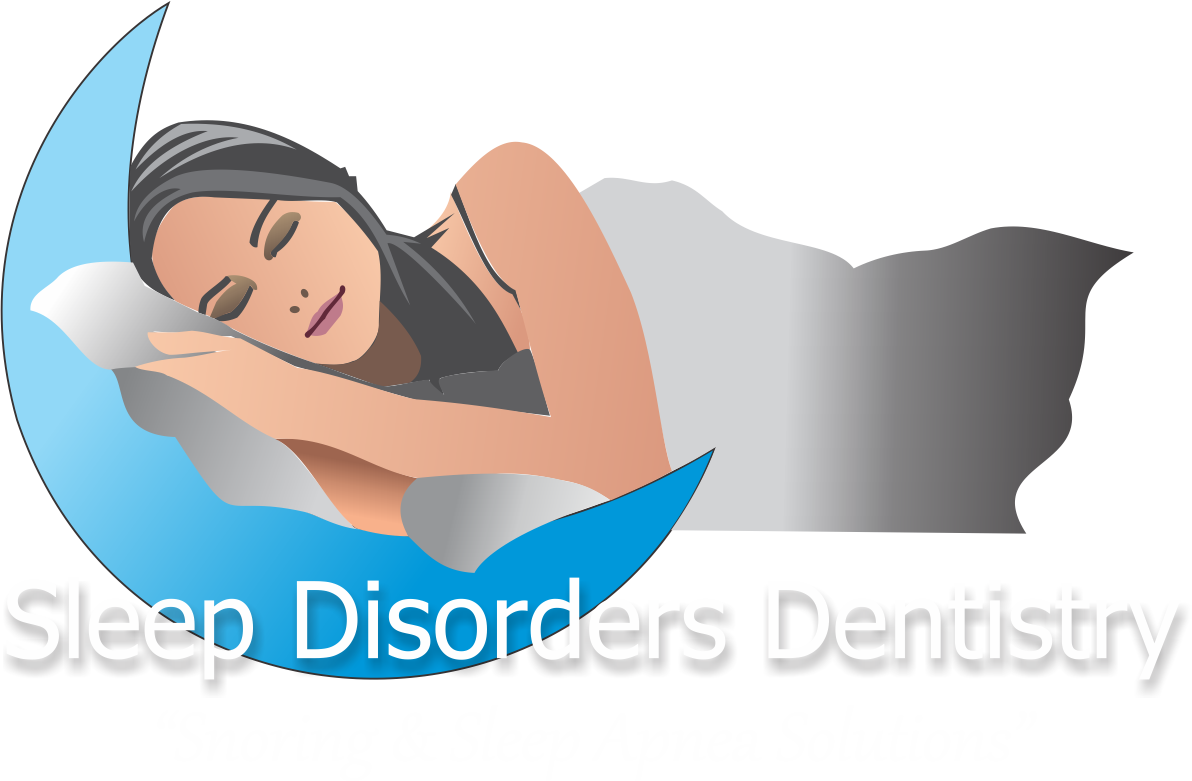Titration End Point; What Standard of Care are You Striving For?
When I first became involved with Sleep Disorders Dentistry circa 1995, I remember feelings of frustration regarding the lack of an objective way to establish the titration endpoint of an oral appliance. During that era, as Dentists, we would have to wait until the in-lab sleep study results revealed how effective our titration efforts were. With experience, we’ve learned that titrating through subjective feedback alone often results in under-titration of an oral appliance. Since these early days, we have come a long way, this journey involving the use of various literature validated questionnaires, measurement of variables closely associated with sleep apnea such as nocturnal oxymetry and more recently, what I believe to be the current titration standard of care; the “Home Sleep Test” (HST). There simply is no other more dependable way for a Dentist to evaluate the efficacy of their titration end-point than through the use of a HST.
One common practice regarding appliance titration has involved training and allowing the in-lab sleep technician to fine tune titration of an oral appliance a Dentist has made. Pre the affordable and reliable HST era, perhaps this made sense, but not today. This protocol is a bit like the Wedding Cake you ordered arriving with the Icing dispenser on the side so you can put the names on the way you wish? Madison Lee’s Cakes of New York, NY would never consider letting someone else put the icing on one of their cakes. After all, they are professional’s and are extremely proud of their work! If we expect to be treated like professionals, we should be absolutely on top of our game and return the patient back to the referring physician with the appliance optimally titrated along with objective verification of our efforts. Presently, there is no better way to do that than with an HST. In-lab testing is expensive and often not covered by insurance; it should be reserved for initial diagnosis and for confirmation of treatment. The HST is useful to the treating Dentist to titrate or calibrate the oral appliance for maximum effect before the final in-lab sleep study is used to confirm efficacy of the appliance titration.
NOX T3 Report Excerpt: AHI, ODI, Snore Index
In 2015, affordable, reliable and easy to use HST’s make it possible to objectively check, modify appliance titration when necessary, and objectively recheck how well titration efforts are working; while the patient sleeps in their own bed, in the manner they are accustomed to sleeping. The information deemed with an HST is also helpful when dealing with residual supine related apnea. Body position is critical to the treatment of a Sleep Apnea patient with an oral appliance. Too often patients with positional apnea are left at a risk of being untreated in supine position. Once revealed by an HST, it can be dealt with by either further advancement, placement of elastics to prevent mouth opening while supine or simply avoiding supine sleep in the event you have already exhausted all other possibilities. Why should we wait to hear from an in-lab sleep study conducted in a medical facility that our titration is incomplete, exposing the patient to unnecessary in-lab diagnostics and ourselves to the risk of under-titrating the patient? Sleep Disorders Dentistry has come a long way since 1995; one could argue that being able to easily obtain this level of accurate information, repeatedly and as required, is one of the greatest advancements in this field.
As a side note, the relationship between Sleep Apnea and Sleep Bruxism has been receiving a lot of attention as of late. As our understanding of this relationship increases, I believe that if you are going to invest in a sleep screener it makes sense to obtain one that provides objective evaluation of Sleep Bruxism. For those of you that restore and reconstruct the dentition, evaluating for Sleep Bruxism will not only allow you to make better restorative treatment planning decisions but will also help you uncover underlying sleep apnea so that you can make appropriate physician referrals.
NOX T3 Report Excerpt: Bruxism Overview
In my dedicated Sleep Apnea Dental Practice I use the NOX-T3 ambulatory sleep screener distributed by Carefusion to help determine titration end points, monitor for supine related apnea and Sleep Bruxism. My oldest unit is now almost three years old, has been used regularly, and is still going strong. The very low cost of NOX T3 disposables allows repeated use of this HST without economic burden to my office or the patient. In addition, the easy evaluation of Sleep Bruxism makes it useful not only in my Sleep Office but in my General practice as well.
NOX T3 in Patient Carrying Case
Think of the ambulatory sleep screener as a tool that provides you objective measurements of criteria of interest. For those of you that perform endodontic treatment, could you imagine doing so without an apex locator? Although at one time endodontics was performed without the help of an apex locator, no one would think of doing that today. Similarly, if you titrate oral appliances without the objective aide of a HST, I would argue you are not working to the current standard of care.



